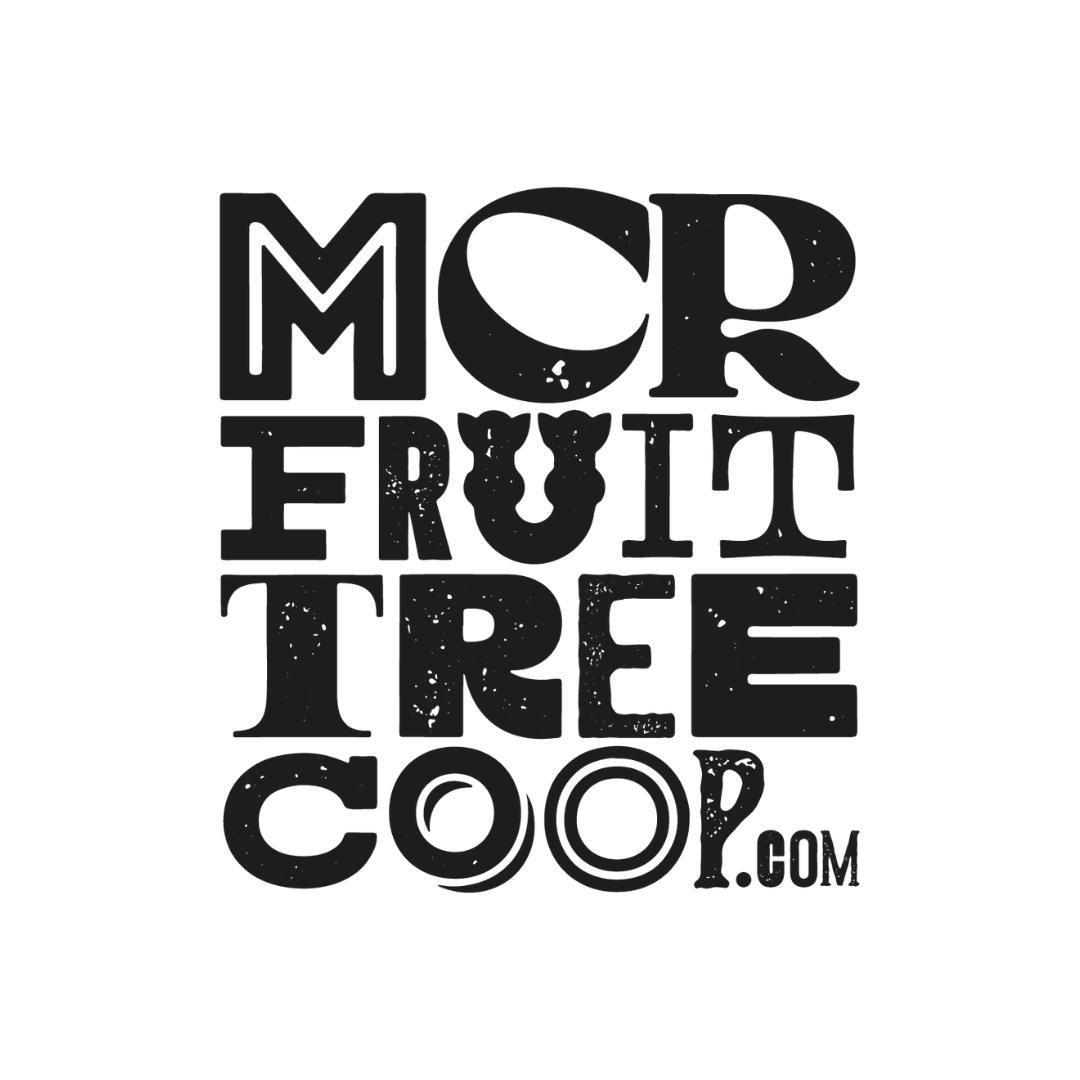
Aftercare
Now we’re ‘the best of buds’ it’s time to start looking after your newly grafted tree.
Meet your instructor
✳
Meet your instructor ✳
Dan Hasler - Co-founder Mcr Fruit Tree Coop
Dan Hasler is the co-founder of Manchester Fruit Tree Coop. He has over fifteen years of experience as a cider maker (in hiatus) and orchard enthusiast. He has previously worked for The Orchard Project and The Kindling Trust.
Course FAQ
-
The lower part of a grafted tree onto which the scion (the desired fruit-bearing variety) is attached. Rootstocks are selected for specific characteristics such as disease resistance, size control, and adaptability to different soil types. They determine the overall size, vigor, and growth habits of the tree.
-
The upper part of a grafted tree that contains the desired fruit variety. Scions are selected for their fruit quality, flavor, and other desirable traits. They are grafted onto compatible rootstocks to create new trees, retaining the genetic characteristics of the parent plant.
-
MM106 Apple Rootstock:
A semi-vigorous apple rootstock commonly used in orchard settings. Trees grafted onto MM106 rootstock typically reach a mature height of 3.5-4 meters (11.5-13 feet) with a similar width of canopy. MM106 rootstock provides good anchorage and is well-suited for medium-sized apple trees.
M26 Apple Rootstock:
A dwarfing apple rootstock known for producing compact trees suitable for smaller spaces or container gardening. Trees grafted onto M26 rootstock generally reach a mature height of 2-3 meters (6.5-10 feet) with a corresponding width of canopy. M26 rootstock promotes early fruiting and is ideal for backyard orchards or gardens with limited space.


